Why Alpaca Fiber Is Called Fleece Rather Than Wool! Unraveling The Terminology - Alpaca by Design
4.5 (318) In stock
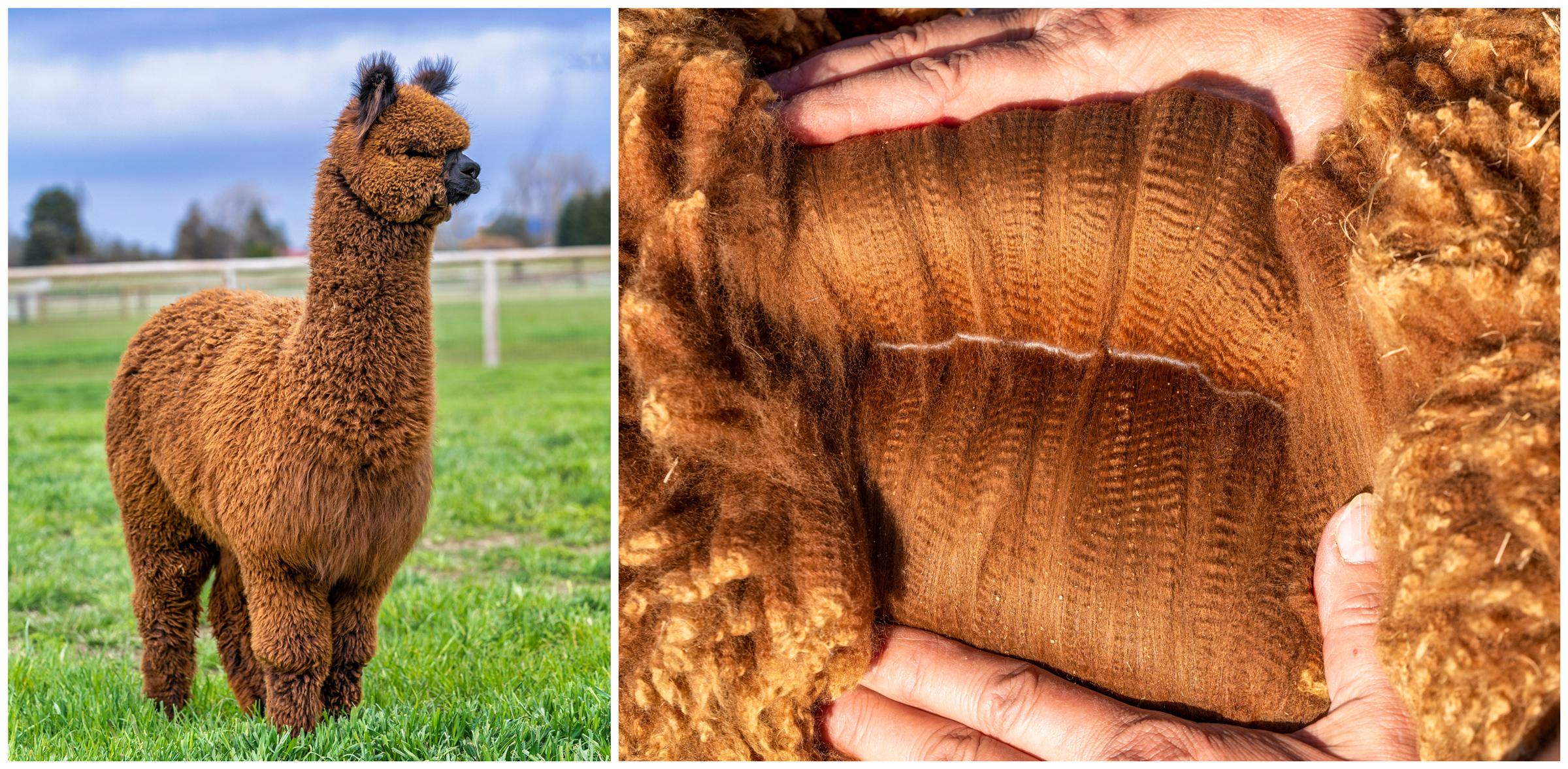
In the world of luxurious and sustainable fibers, alpaca stands tall as one of the most sought-after materials. Known for its exceptional softness, warmth, and hypoallergenic qualities, alpaca fiber has captured the hearts of fashion enthusiasts and eco-conscious individuals alike. However, there is an intriguing linguistic nuance that sets it apart from other natural fibers like sheep's wool. Unlike the latter, alpaca fiber is commonly referred to as "fleece" rather than "wool." In this blog post, we will explore the fascinating reasons behind this distinctive terminology and unveil the delightful secrets of alpaca fleece.The Origin of TerminologyTo comprehend why alpaca fiber is referred to as fleece, we must first delve into the roots of this terminology. The word "fleece" traces its lineage back to Old English, where it was known as "flēos." Initially, the term was used to describe the coat of sheep, and it eventually broadened its usage to include other animal fibers like alpacas, llamas, and even goats. On the other hand, the term "wool" specifically refers to the fiber obtained from sheep. Although both alpacas and sheep are part of the camelid family, the distinction in terminology helps maintain clarity between the fibers from different animals.The Structural DifferenceThe choice of nomenclature between "fleece" and "wool" is not arbitrary. It stems from the inherent differences in the structure and characteristics of alpaca and sheep fibers. Alpaca fleece exhibits unique qualities that set it apart from sheep's wool, making the differentiation in terminology essential.1. Fiber Diameter: Alpaca fleece boasts an incredibly fine and silky texture, with diameters ranging from 15 to 30 micrometers. In contrast, sheep's wool fibers are typically coarser, varying between 20 to 100 micrometers in diameter. This fine texture contributes to the unmatched softness and luxurious feel of alpaca fleece.2. Hypoallergenic Properties: One of the most significant advantages of alpaca fleece is its hypoallergenic nature. Unlike sheep's wool, which can trigger allergic reactions in some individuals due to the presence of lanolin, alpaca fleece is devoid of this substance. As a result, it is gentle on the skin, making it an excellent choice for those with sensitive skin or wool allergies.3. Thermal Properties: Alpaca fleece exhibits exceptional thermal regulation, providing warmth in colder climates and breathability in warmer conditions. The unique hollow structure of alpaca fibers allows for efficient temperature control, surpassing the insulating capabilities of sheep's wool.4. Moisture Absorption: Another notable distinction lies in the moisture absorption capacity. Alpaca fleece can absorb moisture without feeling damp, while sheep's wool tends to feel wet and heavy when exposed to excessive humidity.Sustainability and Ethical PracticesBeyond its extraordinary qualities, alpaca fleece also earns recognition for its sustainability and ethical production methods. Alpacas are gentle grazers that have a lower impact on the environment compared to sheep, which tend to graze more intensively and can cause soil erosion. Additionally, alpacas' padded feet are less likely to damage delicate ecosystems. Furthermore, alpacas are shorn annually, and their fleece regrows naturally, ensuring a renewable and eco-friendly resource.In conclusion, the choice to call alpaca fiber "fleece" instead of "wool" is not just a matter of semantics; it signifies the remarkable attributes that set alpaca apart from sheep's wool. The delicate softness, hypoallergenic properties, superior thermal regulation, and ethical production methods make alpaca fleece a treasure among natural fibers. Its gentle touch on both skin and planet resonates with conscious consumers seeking sustainable and luxurious choices.So, whether you're a fashion connoisseur seeking elegance or an environmentally conscious individual on the hunt for ethical products, alpaca fleece is sure to capture your heart, one delicate fiber at a time. Embrace the enchanting world of alpaca fleece and experience the sheer joy of donning a garment that embodies nature's finest craftsmanship.

Alpaca World Magazine Summer 2012 by Steve Flanders - Issuu

Spinning Yarn : 11 Steps (with Pictures) - Instructables
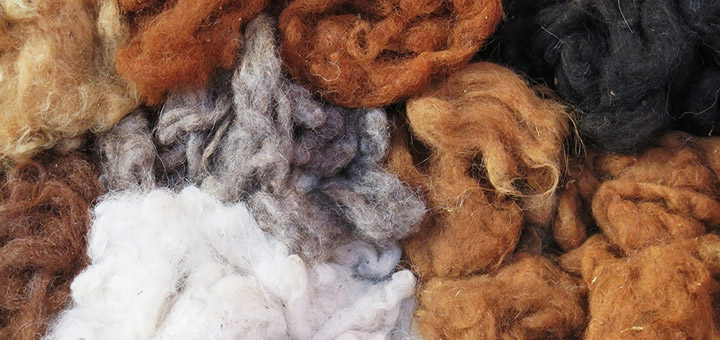
Benefits of alpaca wool: Why is alpaca socially responsible? Silkeborg

Benefits of Alpaca Wool: 5 Reasons to Choose it Silkeborg

Knitting with alpaca yarn - Everything you need to know [+tips & tricks]
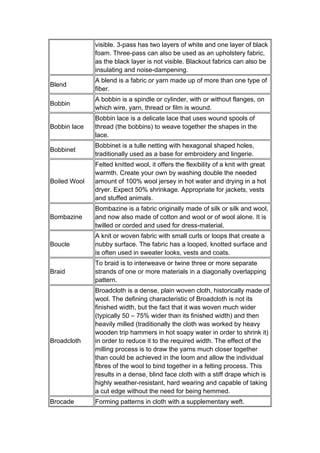
Glossary of Fabric & Textile Terms

Alpaca fiber - Wikipedia

Alpaca 101: What Is Alpaca Wool And Why Should You Wear It? – PAKA®
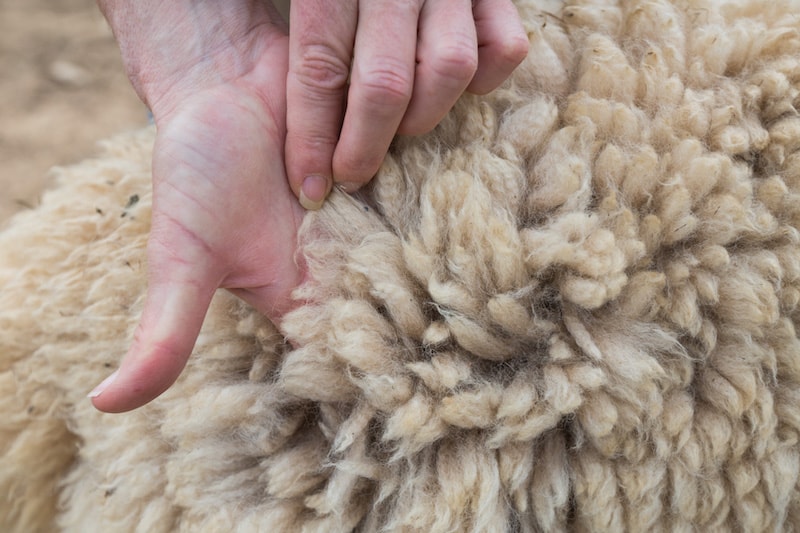
Alpaca Fiber and Yarns ; All You Need to Know - Alpaca fiber and yarns

Sustainable Fiber - Alpaca wool – Noble

Advantages of Alpaca Fleece over Sheep's Wool
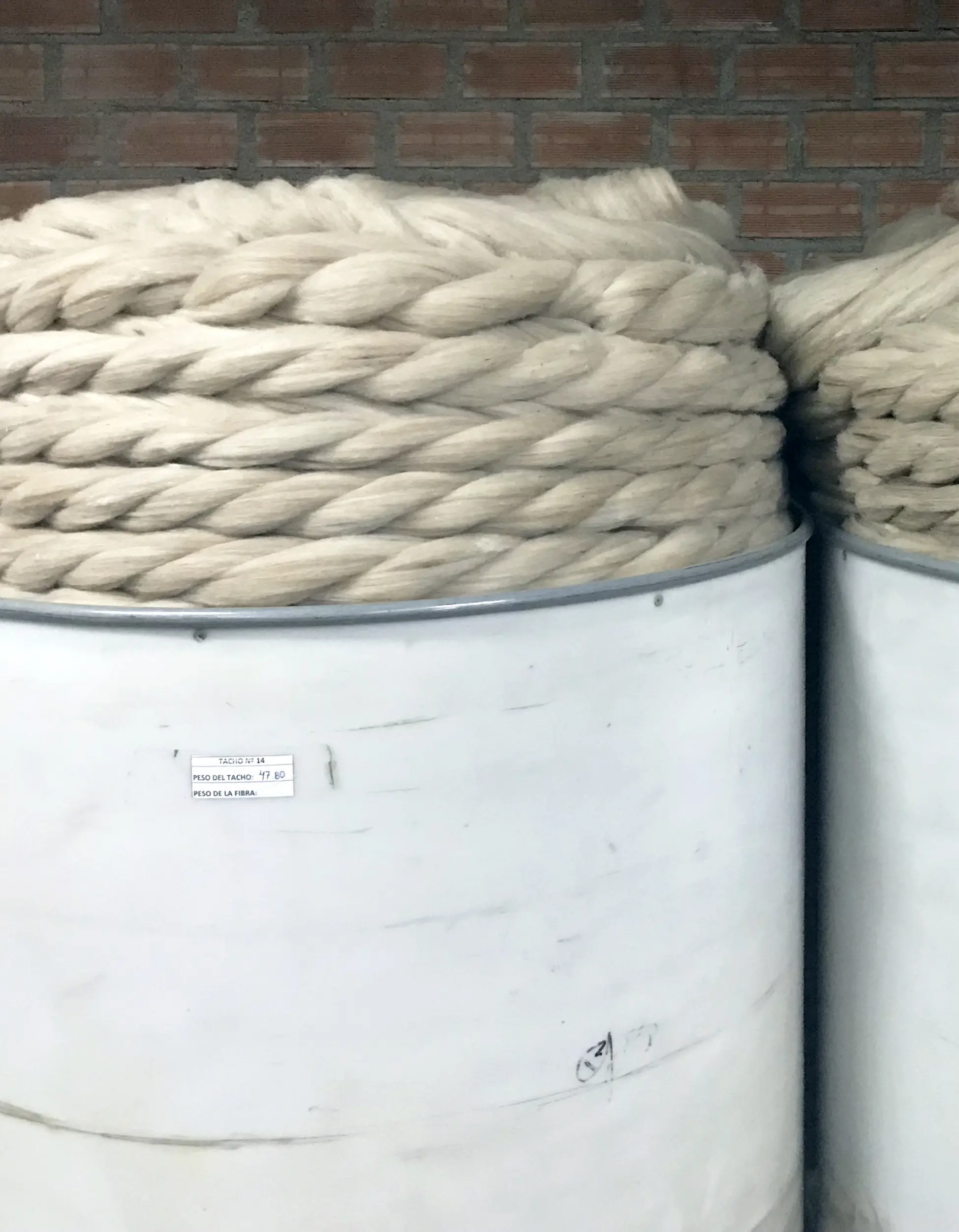
In Praise of Alpaca Fibre - Form & Refine

What is Alpaca Wool Fabric: Properties, How its Made and Where
Sorrento Alpaca Fleece - 42 ounces – Cape May Fiber
Kuhl Women's Quarter Zip Alfpaca Fleece Pullover Navy Blue Style 4210 Size M
Alpaca Fleece and Alpaca Fiber 100% Natural Raw Alpaca - Alpacas of Montana
 Your Best Breasts: Augmentation Lift in Orlando, FL
Your Best Breasts: Augmentation Lift in Orlando, FL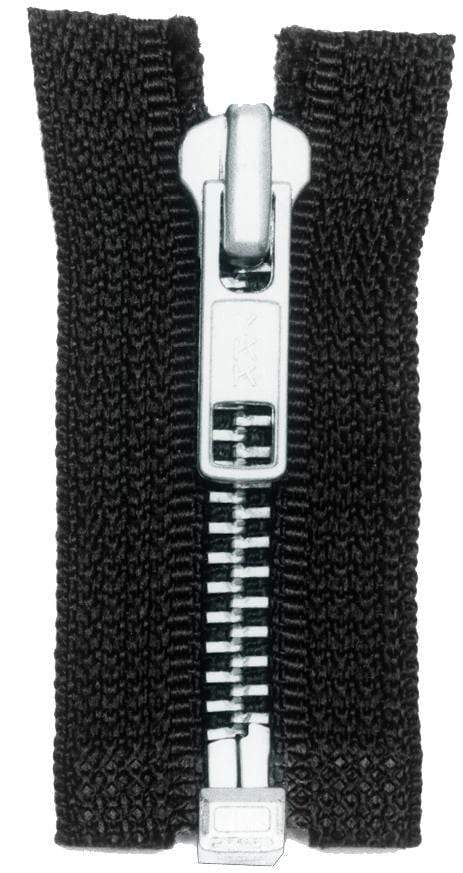 Ohio Travel Bag-Zippers-#5 Metal, Black, 20 YKK Separating Jacket Zipper with Aluminum Teeth, #6JK-20-BLK-N-$2.30
Ohio Travel Bag-Zippers-#5 Metal, Black, 20 YKK Separating Jacket Zipper with Aluminum Teeth, #6JK-20-BLK-N-$2.30 Lingerie Size 36F Professional Dress Form
Lingerie Size 36F Professional Dress Form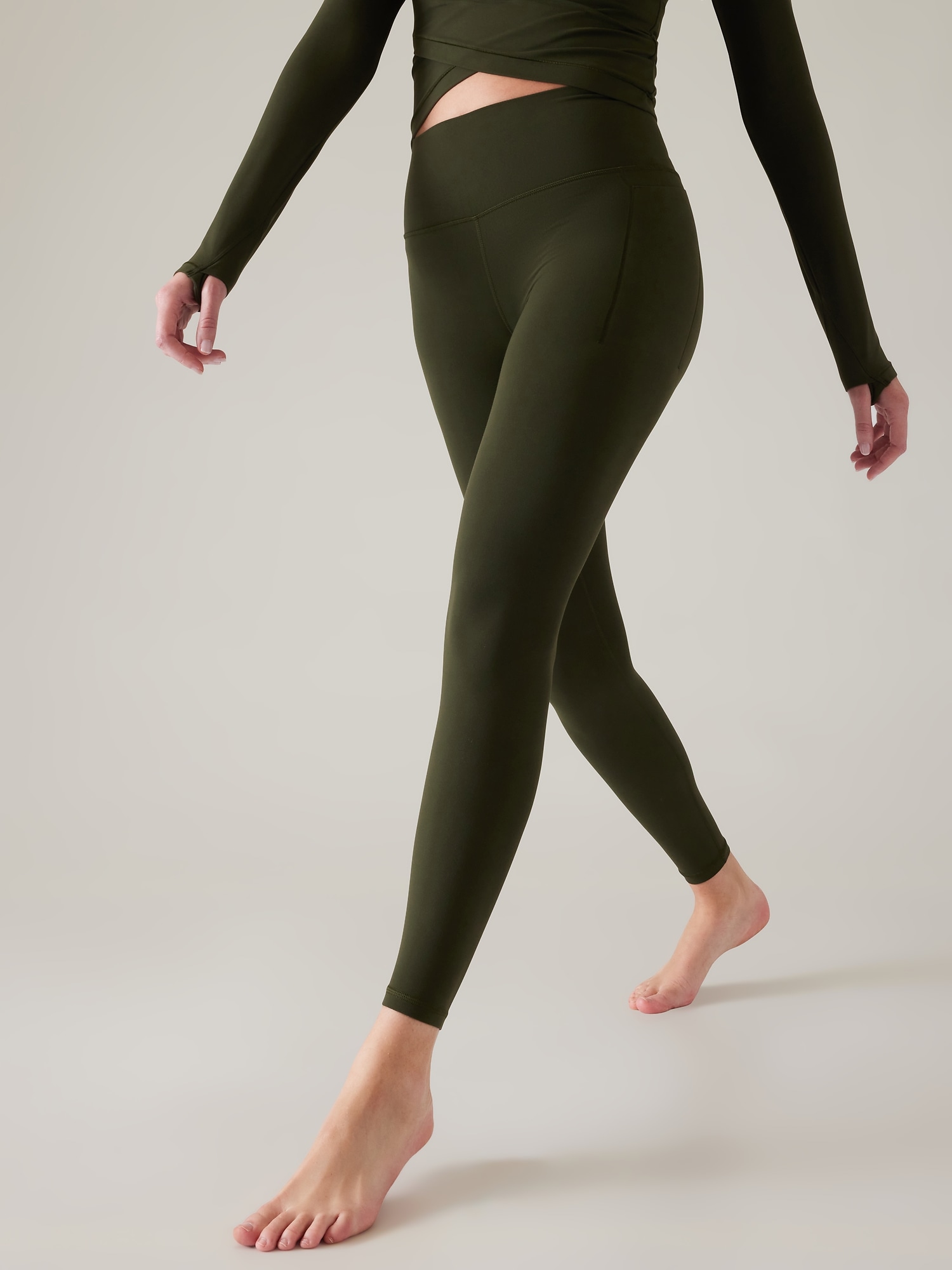 Transcend Stash Tight
Transcend Stash Tight Underwear With Lover Face - Personalized Custom Men's Boxer Briefs - G - A Gift Customized
Underwear With Lover Face - Personalized Custom Men's Boxer Briefs - G - A Gift Customized Athletic Works Women's Plus Size Core Active Relaxed Fit Pants
Athletic Works Women's Plus Size Core Active Relaxed Fit Pants